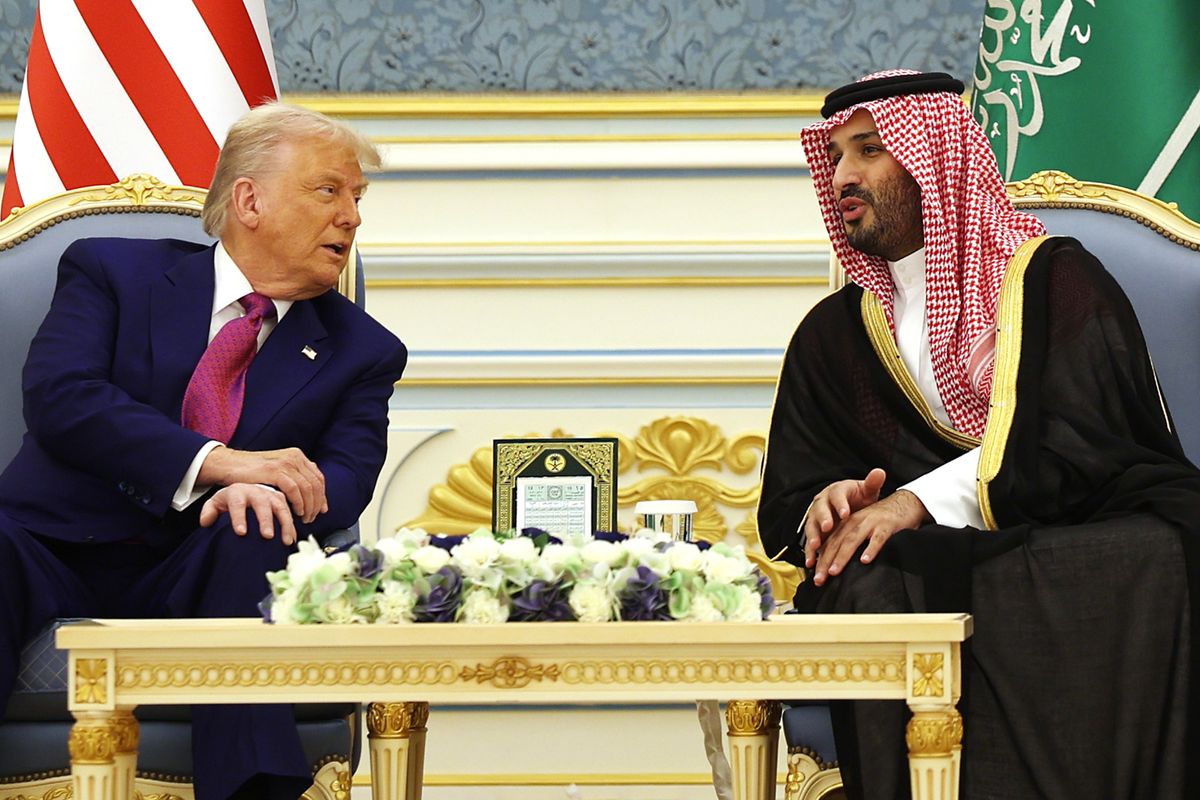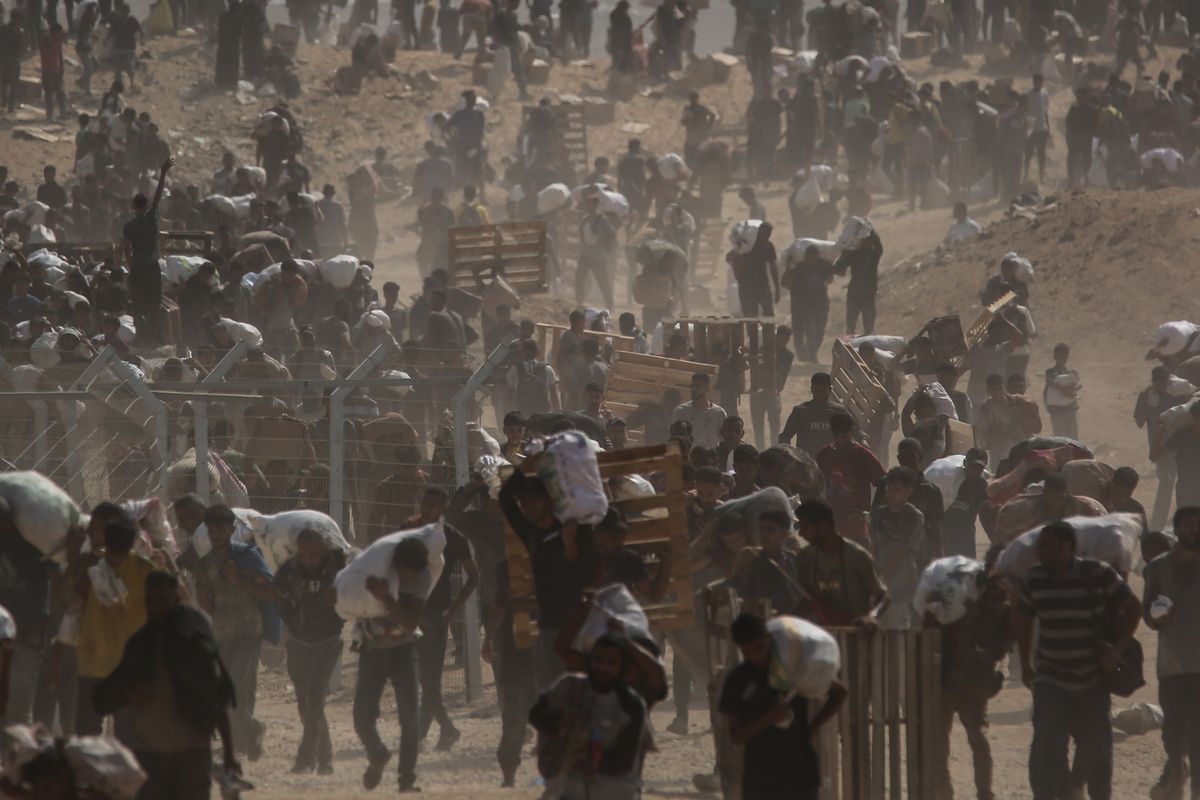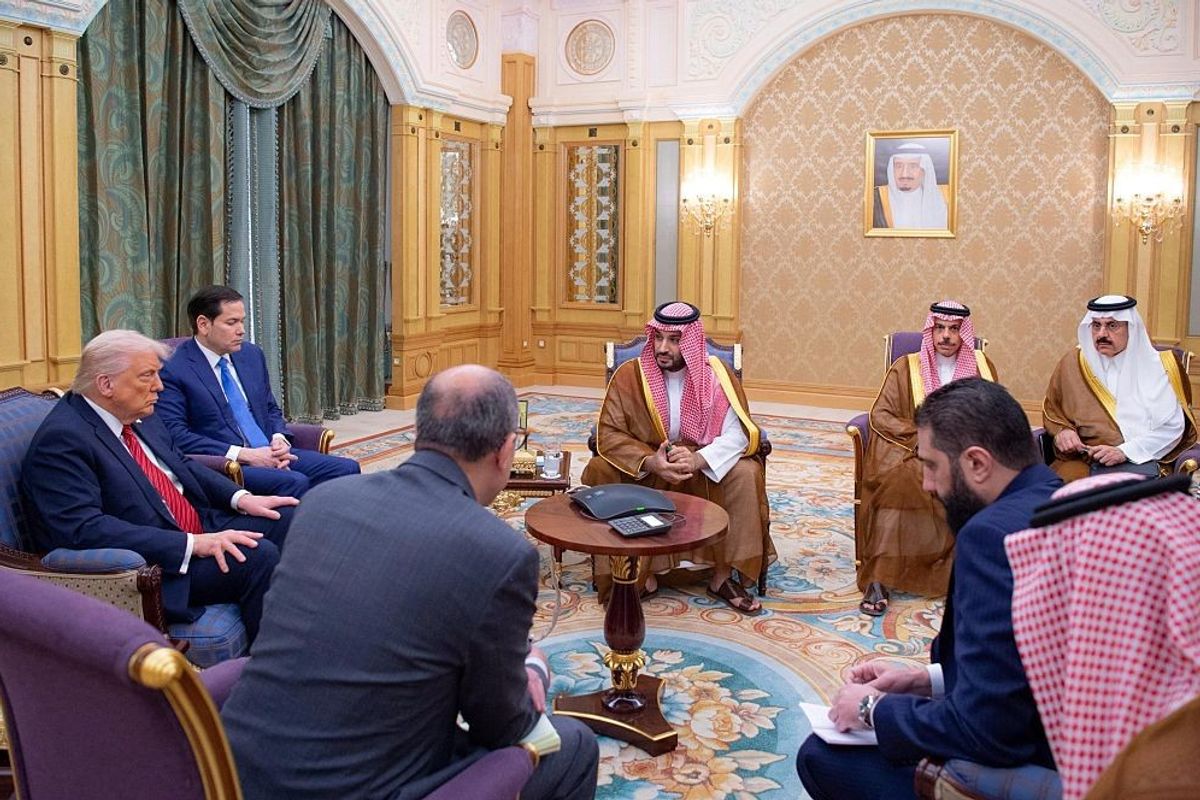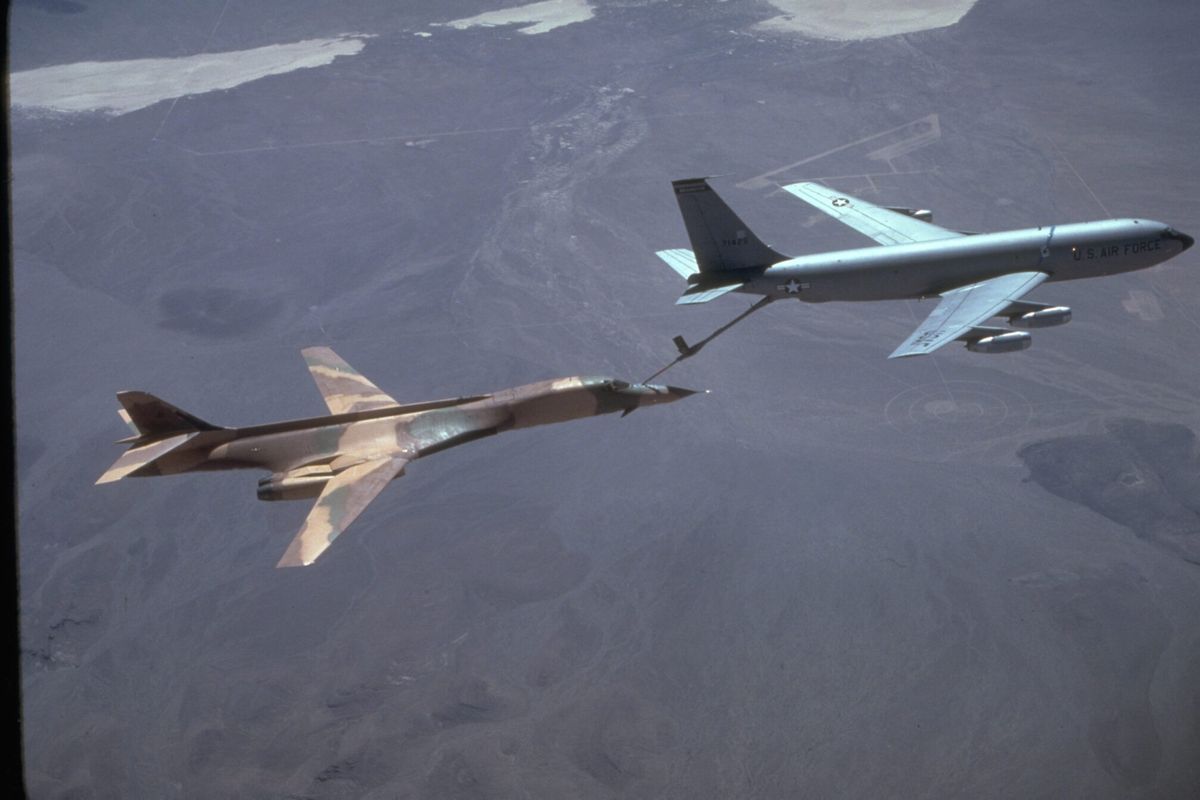A couple years ago, when the Middle East was in turmoil but considerably less complicated than today, I was at a small gathering of foreign policy specialists, including one eminent Middle East expert who has followed the region for 25 years. As we speculated about the region's future, this expert said: "I've given up on predictions— I'm just taking notes." My guess is that my friend has now given up on taking notes — so rapidly does the region change and with such churn and violence.
The Mega-Trends
In the intelligence profession, one way to begin understanding this kind of chaos and where it might be heading is to look at the underlying forces at work. In the Middle East, they are many and varied, ranging from broad societal trends to multiple dimensions of conflict.
On the societal level, this is a region where the quality and efficiency of governance has long trailed behind the needs and desires of the populace. In the mix are: high unemployment; rapid population growth (two-thirds of the public under the age of 30); lagging rights for women; inadequate education systems; and a huge gap between haves and have nots. In short, a build up over decades of needs and aspirations that governments were either unable or unwilling to address.
These comprised the fuel behind the explosion of discontent in 2011 — the so-called Arab Spring. But the dashing of those hopes nearly everywhere has ushered in an era of conflict on at least five dimensions, creating more chaos and clouding the future to a degree not seen since the collapse of the Ottoman Empire in 1916.
These five conflicts are overlapping and intertwined, but there are enough degrees of separation to warrant peeling each back from the bundle.
First, the historic Persian-Arab rivalry – essentially Iran against an Arab grouping loosely led by Saudi Arabia – has ignited with a vengeance now manifest in a war for influence in Yemen and in the proxy battle the two sides wage in Syria.
Second, the region is bedeviled by a rift between Sunni Arabs and Shia Arabs that, while overlapping the Persian-Arab split, spills out beyond the main arenas of Persian-Arab conflict.
Third, in nearly every country of the region, terrorists are battling or threatening regimes, most overtly of course in Syria and Iraq.
Fourth, backstage in that conflict, terrorists are at war with other terrorists, as ISIS – the major Sunni-dominated group – clashes with Shia groups like Hezbollah and with Al Qaeda affiliates like Jabhat al-Nusra seeking to restore Al Qaeda to preeminence.
And finally, the great powers – Russia, the United States, Europe – are once again present together with arms in the region, after decades of diplomatic and proxy maneuver.
Meanwhile, in the shadow of all this, the Israeli-Palestinian dispute has moved somewhat to the sidelines after decades of being perceived as the conflict whose settlement would do the most to calm Middle East controversies. It no longer has this exalted status. Not only is its potential ripple effect diminished, but the prospects for progress have not looked bleaker for decades.
It is now commonplace to liken this to Europe's 30 Years War from 1618-48, fought over religion, nationalism, and economic rights. The Westphalia agreement that ended it established religious peace, settled national claims, and gave us the outline of the modern state system – but it did take 30 years. And so, today's Middle East turmoil may be, as Henry Kissinger remarked in 2011, only "scene one of act one in a five act play."
The Pivot Points
So what is the next “scene?” – where does it go from here? No one can confidently know, but at times of near total unpredictability, a good starting point is to ask what will exert the most powerful influence on the future direction of events. Here are a few things:
How the Syrian war ends. This is the arena in which all of the region’s conflicts and pathologies intersect. When the war is settled, won, or plays itself out, the end state will set precedents for governance, great power influence, and sectarian relationships across the entire region (the Middle East, North Africa, and the Persian Gulf).
The role ultimately played by the great powers. History tells us that violent civil wars are rarely settled without intervention by outside powers to negotiate compromise, provide peacekeepers, and help stabilize the political situation. The problem is there is so far no consensus among outside powers and large regional ones – the United States, Russia, Europe, Iran, and Saudi Arabia – about how any of these disputes end. Regarding Syria, they have recently been able arrange some humanitarian relief, but cease fires have proven more elusive.
The durability of the region’s reformist and moderate regimes. It will matter, for example, whether Tunisia – the only “Arab Spring” country successfully to transition from an authoritarian to democratic system – can persist along that path. Tunisia, along with moderately reformist countries such as Morocco, Jordan, and the UAE can serve as models for stabilizing the region once conflict abates. If they can all hold.
Who ends up on the ground if ISIL is eventually defeated. ISIL will not break anytime soon and will cause a lot more damage before it does – almost certainly including here in the United States. Eventually – probably well into the next U.S. administration – the anti-ISIL coalition may wear ISIL down to the point of a more manageable threat. An essential component of that has to be recovering its major urban conquests – Mosul in Iraq and Raqqa in Syria (the latter its “capitol”). Recent wars have underlined the ancient truth that post-conflict stabilization is as important as victory in battle, so who occupies territory liberated from ISIL will be a key determinant of the future. At this point, that could be almost anyone – forces dominated by Iraq, Iran, western coalition partners, or a fragmented collection of sectarian groups. No one knows.
Many other factors, equally uncertain, will be in the mix. Among them is the question of how the region’s oil-dependent regimes adjust to what looks to be long-term drop in the price of oil and therefore a blow to their heretofore reliable resource bases.
These are among the issues the United States must sort through if it hopes to influence the future of the Middle East, protect its interests there, and regain the role of “honest broker” it has played for decades. Given the complexity and persistence of these conflicts, Churchill may have said it best when he remarked in very different circumstances that we are not at the beginning of the end but merely at the “end of the beginning.”












